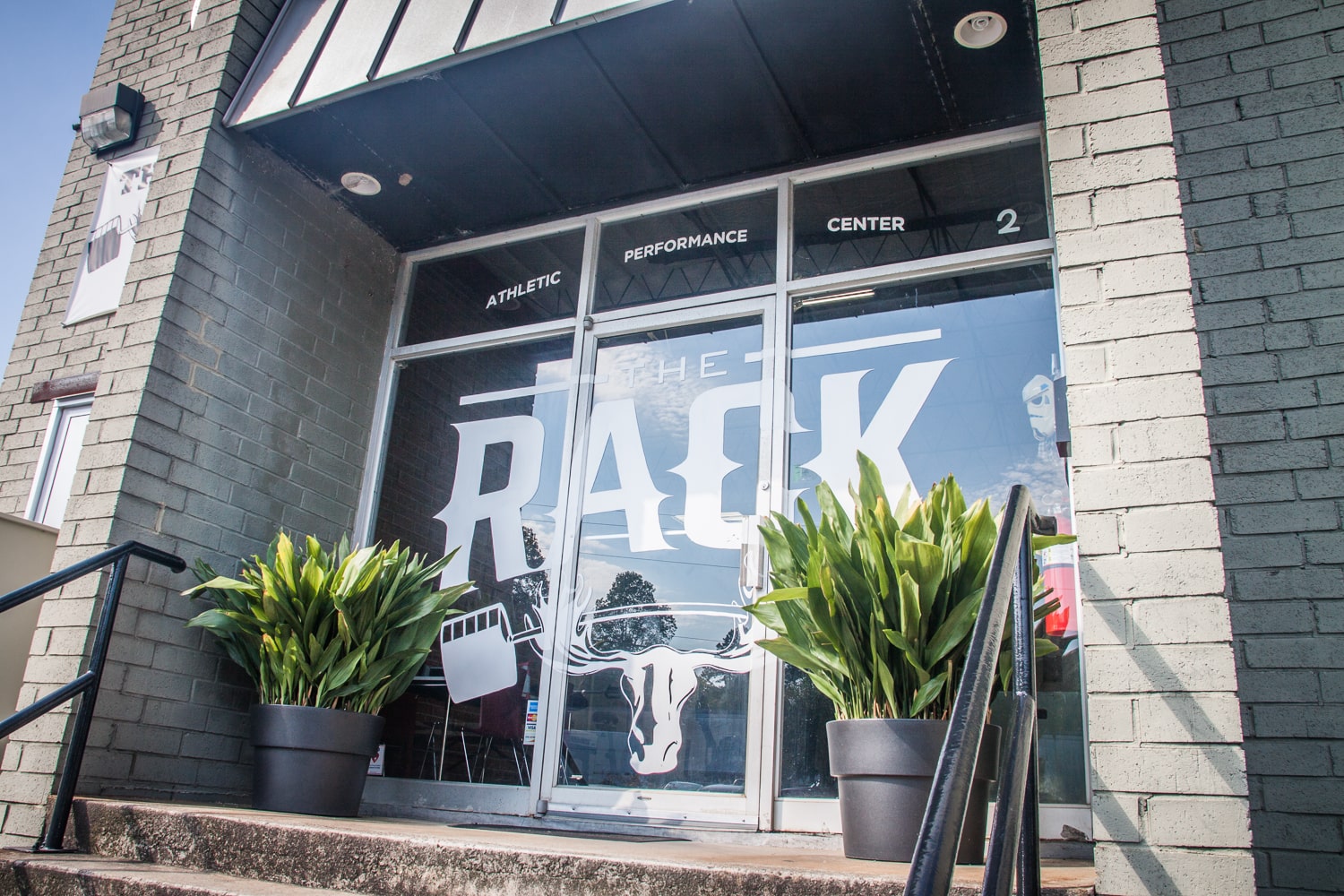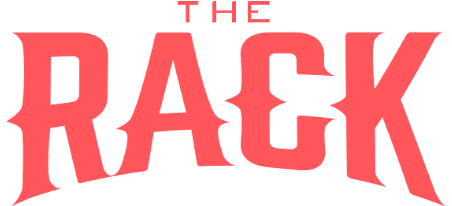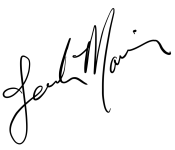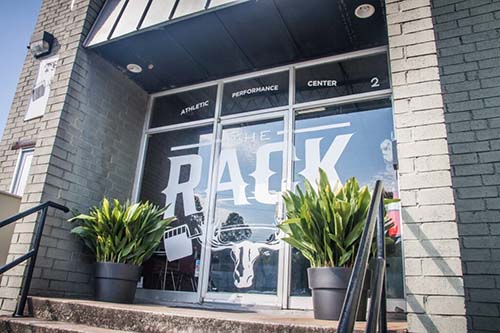Get Rid of Neck Tension

If you’re suffering from tension headaches or nagging neck and shoulder pain, keep reading!
Tension in the neck and shoulders is very common because of our lifestyles. Think about it – working on a computer, staring at your phone, even driving all place you in a forward head position. And, because forward head is correlated with rounded shoulders and upper back, you could end up with long term posture issues like kyphosis.
The Different Muscles
Before you learn how to correct your neck pain, it’s important to understand and identify the muscles causing the tension.
Upper Trapezius (traps). Your traps are a large muscle group that stretch from your thoracic spine to the base of your head. The traps can be broken up into 3 parts – upper (1), middle (2) and lower (3).
Levator Scapulae. This muscle is underneath the upper traps and runs behind your neck. It attaches from the scapula to your vertebrae in your neck just below your skull.
SCM. This is the abbreviated name for a muscle that connects the front of your clavicle to the back of the jar (hello, tension headaches from jaw pain)
Pec Minor. This is a small muscle that sits beneath the Pec Major. The Pec Minor attaches from the upper ribs to the coracoid process, which is on the front of your shoulder.
Movements to Ease Tension
In order to undo the overactivity in the muscles listed above, you have to begin to strengthen the muscles that pull the shoulders back and down. It can be very helpful to stretch the Pec Minor by doing some light chest flies before starting your workout.
Start with the lats. Exercises like lat pulldowns, row variations and pullovers are a great place to start.
Next, approach the scapular retractors including the Rhomboids and Trap 2. You can include exercises like face pulls and narrow grip rows to strengthen these.
Be sure to train your lower traps (Trap 3) as well with exercises like Trap 3 raises and prone YTWs.
Lastly, include accessory work for your rear delts and triceps to keep the shoulders pulled back.
Conclusion
Our coaches can help progress and regress each of these exercises to suit your individual needs and goals. Remember, results don’t happen overnight, but consistency with a regular strength training routine will eventually reduce and then relieve your neck and shoulder tension.
Lauren Shull
B.S., NASM CPT


